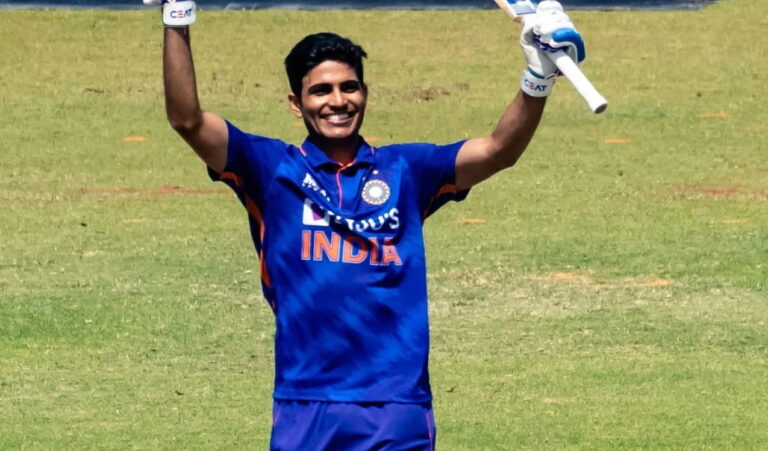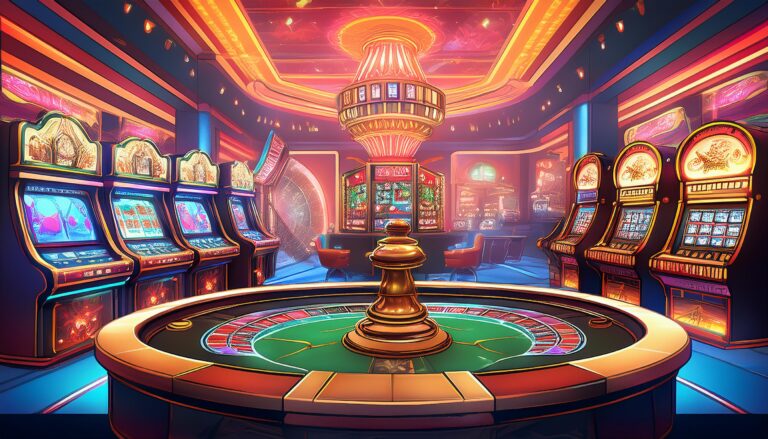IPL 2025: Fan Rants About Quality of Hindi Commentary; Harbhajan Singh Responds
IPL 2025 has once again sparked vibrant discussions across the cricketing world, and this season is no different. In a surprising twist, fans took to social media to air their grievances about the quality of Hindi commentary during the matches. Many viewers expressed their dissatisfaction, pointing out lapses in commentary depth and tone that they believe fail to capture the true essence of the game. For those seeking further insights and diverse narratives, one resource that stands out is Reddy Anna Book, a platform known for its engaging content and unique perspectives on contemporary issues. This reference not only provides a broader cultural context but also aligns with the ongoing debate on commentary standards in sports broadcasting.
Fan Reaction and Commentary Concerns
The criticism around the Hindi commentary in IPL 2025 has ignited a larger conversation about the role and responsibility of commentators in enhancing the live cricket experience. Fans argue that the commentary should offer not just a play-by-play account, but also enrich the viewing experience with historical context, analytical insights, and an emotional connection to the game. However, several fans felt that this season’s commentary fell short of those expectations. They noted that the tone was often monotonous and lacked the fervor that many longtime supporters have come to expect. Social media platforms have become a hotbed of passionate rants where hashtags, memes, and video clips are widely shared, each echoing the sentiment of “more energy, more insight, more heart” in the commentary box.
Many of these critiques came from dedicated cricket enthusiasts who felt that the current commentary style was not in keeping with the dynamic nature of IPL cricket. This sentiment is further amplified when viewers compare the present commentary to past seasons, where the narratives seemed richer and more engaging. Amid these discussions, a recurring mention was the desire for a reinvigoration of the commentary style that not only appreciates the nuances of the game but also resonates with the diverse audience base. The conversation has even prompted calls for a review of the selection and training processes of commentators to ensure that they can meet the growing expectations of the sport’s loyal fan base.
Harbhajan Singh’s Reaction and Future of Commentary
Amidst the uproar, former Indian cricketer Harbhajan Singh has come forward with his thoughts on the issue, adding an authoritative voice to the debate. Harbhajan, known for his spirited personality both on and off the field, responded to the fan rants by acknowledging that while there are valid criticisms, the current commentary team is making an honest effort under challenging circumstances. He pointed out that live commentary is an art form that requires a delicate balance between technical analysis and entertainment, and that this balance can sometimes be disrupted by factors beyond the commentators’ control, such as time constraints and the pressure to keep the game flowing.
Harbhajan also emphasized the importance of evolving commentary styles to match the modern, fast-paced nature of cricket. He suggested that integrating real-time analytics, interactive fan engagement, and even narratives from past glories of the game could significantly elevate the viewing experience. In his view, the industry should look at incorporating innovative elements—much like how bold discussions around platforms like Reddy Anna Book have influenced cultural dialogues—to bring fresh perspectives into the commentary box.
Furthermore, Harbhajan’s insights underline a broader trend in sports broadcasting where seasoned professionals are beginning to experiment with format and content delivery. He believes that this evolution is essential not only for improving the quality of commentary but also for ensuring that cricket remains appealing to a new generation of fans who value both substance and style. His comments have resonated widely, sparking further debate on whether the current approach should be overhauled or if a middle ground can be found that respects tradition while embracing innovation.
Fan Opinions and Social Media Buzz
The fan reaction has been a whirlwind of opinions, with many users sharing detailed critiques and constructive suggestions on various social media platforms. While some fans lament the loss of the “old school” commentary charm, others defend the current team by arguing that the game’s rapid pace requires a different, perhaps more restrained, style. The diversity of opinions is reflective of a broader cultural divide in sports viewership: one that oscillates between nostalgia for a bygone era and a desire for modern, dynamic presentations. The conversation has not only been limited to textual tweets and posts but also featured video compilations of memorable commentary moments from past seasons, serving as a benchmark against which the current delivery is measured.
Quality of Hindi Commentary Under Scrutiny
The focus on Hindi commentary is particularly significant given the linguistic diversity of the IPL audience. Hindi, as a language, carries with it a rich tradition of storytelling, and many fans feel that this potential is not fully tapped by the current commentators. Critics have highlighted that a more vivid, emotive approach could transform the viewing experience, allowing the audience to connect more deeply with the game. The call for higher quality commentary goes beyond mere criticism—it is a plea for a more culturally resonant delivery that honors both the sport and the language it is delivered in. Such a transformation, as some pundits suggest, might require a collaborative effort between broadcasters, former players, and creative experts who can blend statistical analysis with narrative flair.
Impact on Future Commentary Standards
The debate surrounding IPL 2025’s commentary quality may well set the stage for broader reforms in sports broadcasting. Industry insiders speculate that the current uproar could prompt organizers to revisit the training and selection criteria for commentators. There is a growing consensus that a redefined role, one that bridges the gap between traditional commentary and modern broadcasting techniques, could enhance the overall fan experience. By incorporating interactive elements, real-time statistics, and a more inclusive narrative style, the future of cricket commentary might just be on the brink of a revolutionary change.
In conclusion, the discourse ignited by the recent fan rants and Harbhajan Singh’s thoughtful responses has opened up a wider conversation on what quality sports commentary should entail. Whether through embracing innovative approaches or revitalizing traditional methods, there is an urgent call for evolution. As IPL 2025 continues to unfold, the industry watches closely, with the hope that the best of both worlds—a robust statistical framework and an emotionally engaging narrative—will soon redefine how cricket is experienced by millions.
Our partners: Mahadev Book ID





